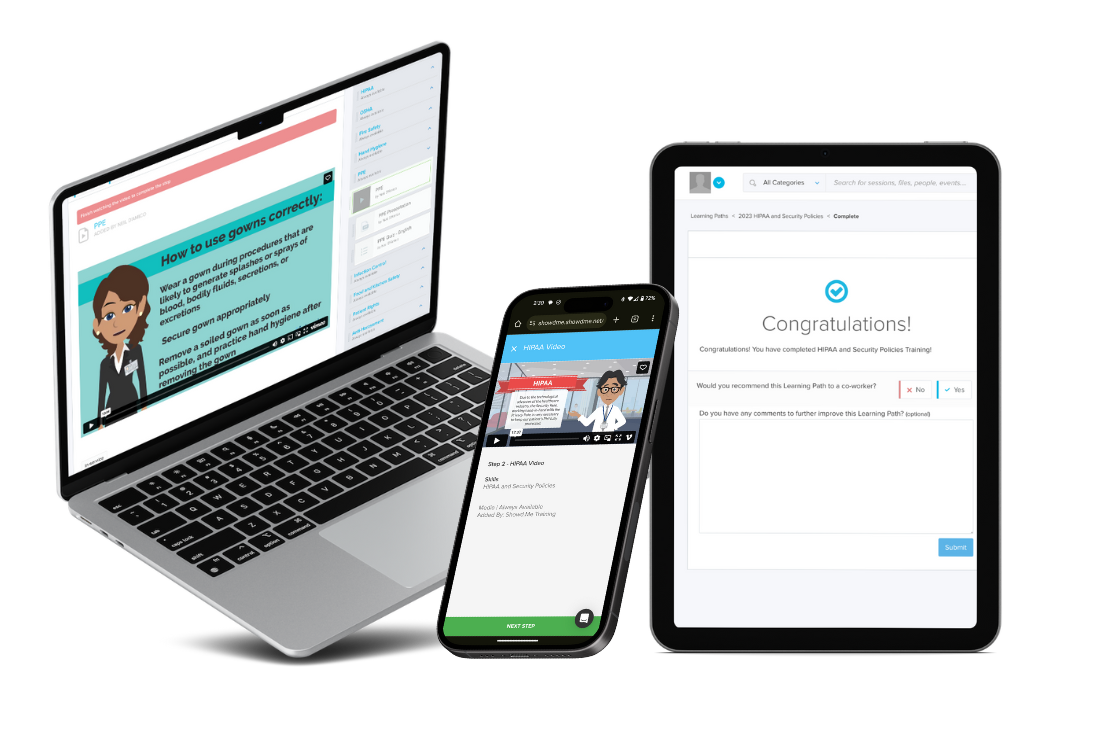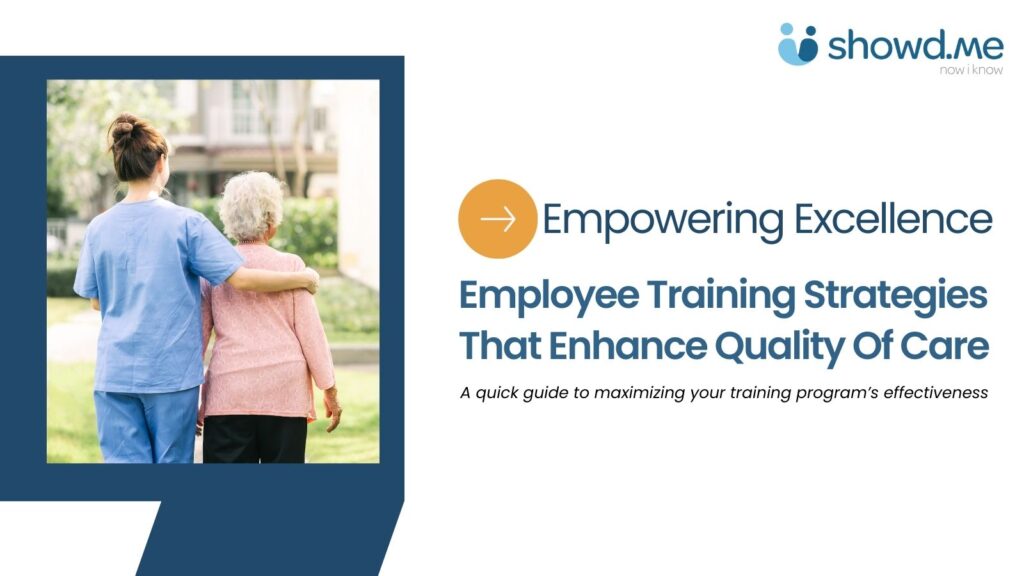The Power of Participation: Training Strategies That Promote Patient Engagement
Post - The Power of Participation: Training Strategies That Promote Patient Engagement
We all know the vital role post-acute care organizations play in helping patients and residents recover from illness, injury, or surgery. And while many training programs in post-acute care are rightly focused on clinical skills, one crucial element is often overlooked—equipping our caregivers with strategies to boost patient or resident engagement.
Why Patient Engagement Matters
Studies have consistently shown the positive impact of patient engagement in healthcare. Patients who are actively involved in their care plans typically:
-
-
- Experience better health outcomes: This includes faster recovery times, improved adherence to treatment plans, and a reduced risk of complications.
- Have a greater sense of control: Feeling empowered in their healthcare journey can boost patients' confidence and motivation.
- Report higher satisfaction: Active participation leads to a sense of partnership with caregivers, fostering trust and better communication.
-
Training Strategies for Effective Engagement
Here are some key training strategies that post-acute care facilities can implement to empower staff and enhance patient engagement:
-
-
- Building Communication Skills: Effective communication is the cornerstone of engagement. Training should emphasize active listening techniques, using clear and concise language tailored to individual patient or resident needs and cognitive abilities. Staff should be encouraged to ask open-ended questions, inviting patients to share concerns and goals.
- Understanding Patient-Centered Care: Many caregivers are familiar with the concept of patient-centered care and its numerous benefits. But many don’t have a firm grasp on the strategies required to achieve it. Training staff on the principles of patient-centered care can ensure patient or resident individual needs, preferences, and values are taken into account when developing care plans.
-
Course Preview: Patient-Centered Communication
Press play to see a quick preview of our patient-centered communication training course.
Want to deliver these essential strategies to your employees? Click below to learn more about our fully managed compliance training services.
-
-
-
- Shared Decision-Making: Train staff to involve patients in making informed decisions about their care options. This includes providing clear explanations of treatment options, potential risks and benefits, and allowing patients to ask questions.
- Goal Setting and Collaboration: Developing clear, realistic, and measurable goals together with patients is essential. Training should equip staff to collaborate with patients in setting these goals and regularly evaluate progress.
- Promoting Independence and Autonomy: Typically those receiving care in a post-acute care setting, whether at home or in a residential community, are experiencing a recent decline in independence. Training centered around restorative nursing techniques helps reinforce strategies that empower patients to participate in activities of daily living (ADLs) to the greatest extent possible. This includes providing assistance while gradually encouraging self-care.
-
-
Course Preview: Restorative Nursing
Press play to see a quick preview of our training course which outlines the theory and strategies of restorative nursing.
Want to deliver these essential strategies to your employees? Click below to learn more about our fully managed compliance training services.
-
-
-
- Addressing Cultural Sensitivity: Patients and residents come from diverse backgrounds and may have different communication styles or healthcare beliefs. Training should emphasize cultural sensitivity to ensure all patients and residents feel respected and understood. This could include trainings centered around DEI (Diversity, Equity and Inclusion) as well as those focused on specific communities, such as LGBTQ+.
-
-
Beyond Training: Creating an Engaging Environment
While training is crucial, fostering an environment that promotes engagement is equally as important.
-
-
-
- Ensure Staff Feel Valued and Supported: Provide opportunities for professional development and recognize efforts to promote patient engagement to create a positive and engaged work environment.
- Promote Collaboration: Include families in the care plan discussions wherever possible.
- Create a Welcoming Atmosphere: For residential settings, designate spaces where residents, families, and their care team can feel comfortable discussing their concerns and preferences
-
-
Investing in training and fostering a culture of engagement in post-acute care can bring about a transformative shift in patient experience and outcomes. By empowering patients and residents to be active participants in their care journeys, we can create a healthcare system that is not only more effective but also more respectful and responsive to individual needs.

Let Us Show You More
See how showd.me's unique service-first approach helps hundreds of healthcare organizations ensure compliance. Request a demo today!


